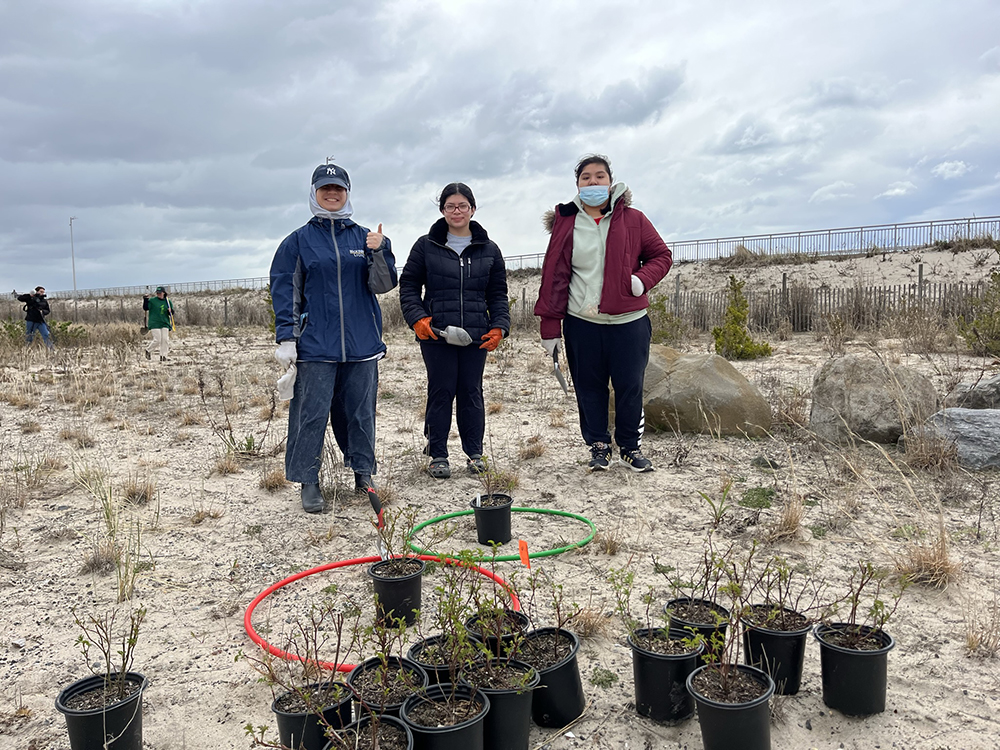Primary Care & Covid
Covid-19 substantially changed the practice and delivery of primary care medicine in this country, and not for the better. Added to that is the fact that the number of primary care practitioners has been dropping for decades. According to projections from the Association of American Medical Colleges, by the year 2034 there will be a shortage of 48,000 primary care physicians (PCPs) in the U.S. At first glance, one might attribute this estimate to the fact that PCPs are the lowest paid, hardest working subset of medical specialists, but the problem goes much deeper. What has happened to primary care here in the Rockaways is just a microcosm of nationwide trends. 20 years ago, there were at least 10 or 12 solo primary care physicians with offices on the peninsula. These were small offices with one or two physicians who provided only primary care. Today there are none. Today, primary care is provided by multispecialty groups owned by hospitals or large healthcare organizations. Patients often do not see the same physician on subsequent visits or see only physician extenders (PAs and NPs).
For years, PCPs were being crushed between rising costs and decreasing reimbursements. NY state is among the highest states for malpractice, averaging $40,000 per year. Add to that rising insurance rates, unemployment, payroll taxes, wages, etc., then decreasing payments for services. PCPs soon found out that maintaining their practices was becoming impossible. Then along came COVID. Patients listened to news broadcasts that scared the hell out of them. They stayed home in droves, many times to their own disadvantage. Scheduled tests and procedures were cancelled causing cancers and diseases to go undiscovered. Many expressed a common theme – they would rather die at home than go to the doctor’s office. Meanwhile, offices like mine remained empty, which pushed those like me contemplating retirement to pull the plug.
The practice of medicine changed drastically during and now, after, COVID-19. Financial reimbursements changed too, enabling the rise of telemedicine. Prior to Covid, speaking to a patient over the phone or video link wasn’t reimbursable. Suddenly, telemedicine became lucrative. Also, electronic medical records (EMR, which is now mandated) have changed the reimbursement schedules. For example, EMR has increased the size of the medical record. As anyone who has been to a doctor lately can tell you, there are forms and questionnaires that need to be filled out, all of which becomes part of the record. CMS (Medicare/Medicaid) now allows an existing patient who has not been seen in three years to be reclassified as a new patient. New patients are billed at a higher rate, but some practices limit the number of new patients they accept as a way of keeping patient volume manageable. So suddenly, the patient who sees her doctor every few years for minor issues screens positive for diabetes. She calls the office only to be told that because she hasn’t been seen in three years, she is a new patient and cannot be seen for six weeks or not at all.
I urge you to see your PCP at least annually for a check-up and to maintain your relationship with the practice. Hopefully you’ll never need that urgent visit, but if you do, it will be available.
Please direct questions and comments to editor@rockawaytimes.com


